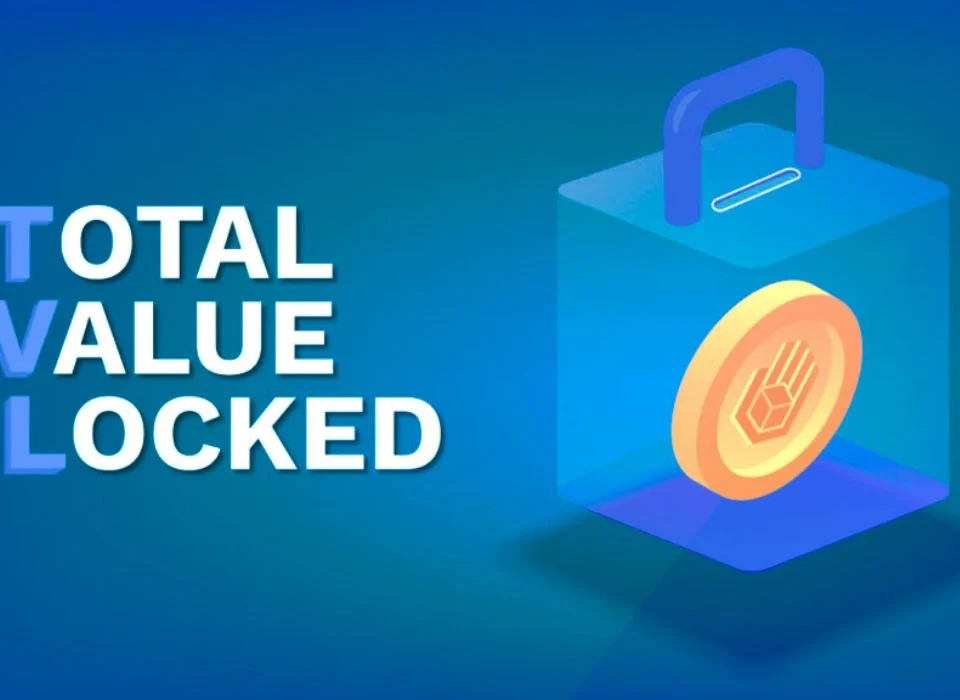
The Evolution of Cryptocurrency Regulations Worldwide
15/07/2024
How to Use Crypto Lending and Borrowing Platforms
17/07/2024How to Conduct Technical Analysis for Cryptocurrencies
Technical analysis is a vital tool for traders and investors in the cryptocurrency market. By analyzing historical price movements and trading volumes, traders can make informed decisions about future price trends. This comprehensive guide will cover the principles of technical analysis, key indicators, chart patterns, and practical steps to effectively analyze cryptocurrencies.
Introduction to Technical Analysis
Technical analysis involves studying price charts and trading volume data to predict future market movements. Unlike fundamental analysis, which focuses on the intrinsic value of an asset, technical analysis is based purely on market data.
Why Technical Analysis for Cryptocurrencies?
Cryptocurrencies are highly volatile and trade 24/7, making them ideal for technical analysis. The decentralized nature of cryptocurrencies also means that market movements are largely driven by investor sentiment and speculative trading, which technical analysis can capture effectively.
Basic Principles of Technical Analysis
The Market Discounts Everything
Technical analysis operates on the belief that all relevant information is already reflected in the price. This includes news, earnings reports, and other fundamental data.
Prices Move in Trends
One of the core tenets of technical analysis is that prices move in trends. These trends can be upward (bullish), downward (bearish), or sideways (neutral). Identifying the trend is crucial for making trading decisions.
History Tends to Repeat Itself
Technical analysis relies on historical price patterns and behaviors. It assumes that past market movements are likely to repeat, as human behavior and market psychology remain consistent over time.
Essential Tools and Indicators for Technical Analysis
Price Charts
Price charts are the foundation of technical analysis. They come in various forms, including line charts, bar charts, and candlestick charts.
- Line Charts: Simple representation of price movement over time.
- Bar Charts: Provide more information, including open, high, low, and close prices (OHLC).
- Candlestick Charts: Similar to bar charts but with a more visual representation of price action, showing bullish and bearish patterns clearly.
Moving Averages
Moving averages smooth out price data to identify the direction of the trend. The two most common types are:
- Simple Moving Average (SMA): The average price over a specific number of periods.
- Exponential Moving Average (EMA): Gives more weight to recent prices, making it more responsive to new information.
Relative Strength Index (RSI)
The RSI is a momentum oscillator that measures the speed and change of price movements. It ranges from 0 to 100, with readings above 70 indicating overbought conditions and readings below 30 indicating oversold conditions.
Moving Average Convergence Divergence (MACD)
The MACD is a trend-following momentum indicator that shows the relationship between two moving averages of a security’s price. It consists of the MACD line, the signal line, and the histogram.
Bollinger Bands
Bollinger Bands consist of a middle band (SMA) and two outer bands (standard deviations above and below the SMA). They help identify overbought and oversold conditions and are useful for gauging market volatility.
Volume
Trading volume is a crucial indicator in technical analysis. It shows the number of assets traded over a specific period and can confirm the strength of a price movement.
Chart Patterns
Head and Shoulders
The head and shoulders pattern is a reversal pattern that indicates a change in trend direction. It consists of three peaks: a higher peak (head) between two lower peaks (shoulders).
Double Top and Double Bottom
These are reversal patterns that indicate the exhaustion of an existing trend. A double top signals a bearish reversal, while a double bottom signals a bullish reversal.
Triangles
Triangles are continuation patterns that indicate a period of consolidation before the price continues in the direction of the previous trend. The three types are ascending, descending, and symmetrical triangles.
Flags and Pennants
Flags and pennants are short-term continuation patterns that indicate a brief pause in a strong trend. They are characterized by a sharp price movement followed by a consolidation period.
Practical Steps to Conduct Technical Analysis
Step 1: Define Your Objective
Determine whether you are analyzing for short-term trading or long-term investing. This will guide your choice of timeframes and indicators.
Step 2: Choose the Right Tools
Select the appropriate charting platform and tools. Popular platforms include TradingView, Coinigy, and CryptoCompare.
Step 3: Analyze the Trend
Identify the overall trend using trendlines and moving averages. Look for higher highs and higher lows in an uptrend, and lower highs and lower lows in a downtrend.
Step 4: Identify Key Levels
Identify support and resistance levels where the price has historically reversed. These levels can serve as entry and exit points.
Step 5: Use Indicators
Apply indicators such as RSI, MACD, and Bollinger Bands to gain additional insights into price movements and potential reversal points.
Step 6: Look for Patterns
Identify chart patterns such as head and shoulders, triangles, and flags that indicate potential future price movements.
Step 7: Confirm with Volume
Confirm your analysis with trading volume. High volume during price increases or decreases confirms the strength of the trend.
Step 8: Develop a Trading Plan
Create a trading plan that includes entry and exit points, stop-loss levels, and position sizing. Stick to your plan to avoid emotional trading decisions.
Step 9: Monitor and Adjust
Regularly monitor your positions and adjust your strategy as needed based on new price information and changing market conditions.
Advanced Techniques in Technical Analysis
Fibonacci Retracement
Fibonacci retracement levels are used to identify potential support and resistance levels based on the Fibonacci sequence. Common retracement levels are 23.6%, 38.2%, 50%, and 61.8%.
Elliott Wave Theory
Elliott Wave Theory suggests that market movements follow repetitive cycles or waves driven by investor psychology. These waves can be used to predict future price movements.
Ichimoku Cloud
The Ichimoku Cloud is a comprehensive indicator that provides insights into trend direction, support and resistance levels, and momentum. It consists of five lines: Tenkan-sen, Kijun-sen, Senkou Span A, Senkou Span B, and Chikou Span.
Volume Profile
Volume profile displays the trading activity over a specific time period at different price levels. It helps identify areas of high trading activity, known as high-volume nodes, which can act as support or resistance.
Case Studies
Bitcoin Analysis
- Trend Identification: Use long-term moving averages (e.g., 200-day SMA) to identify the overall trend.
- Support and Resistance: Identify key levels where Bitcoin has previously reversed.
- Indicators: Apply RSI and MACD to spot overbought and oversold conditions.
- Patterns: Look for patterns like double tops or ascending triangles to predict future movements.
- Volume Confirmation: Check volume to confirm the strength of price movements.
Ethereum Analysis
- Trend Identification: Analyze shorter-term trends with 50-day and 100-day EMAs.
- Support and Resistance: Identify levels using historical price data.
- Indicators: Use Bollinger Bands and RSI to gauge volatility and momentum.
- Patterns: Spot patterns such as head and shoulders or symmetrical triangles.
- Volume Confirmation: Ensure volume aligns with price action for validation.
Common Mistakes in Technical Analysis
Over-Reliance on Indicators
Using too many indicators can lead to analysis paralysis. Focus on a few key indicators that align with your trading strategy.
Ignoring Market Conditions
Technical analysis should be complemented with an understanding of market conditions. Factors such as news events, regulatory changes, and macroeconomic trends can influence market movements.
Lack of Discipline
Sticking to a trading plan is crucial. Emotional trading decisions often lead to losses. Set clear rules for entry, exit, and risk management.
Overtrading
Frequent trading can result in higher transaction costs and increased risk. Be selective in your trades and focus on high-probability setups.
Conclusion
Conducting technical analysis for cryptocurrencies requires a thorough understanding of market principles, chart patterns, and technical indicators. By following a structured approach and avoiding common pitfalls, traders can enhance their ability to predict future price movements and make informed trading decisions. As the cryptocurrency market continues to evolve, staying updated with new tools and techniques will be essential for successful trading.
Technical analysis is both an art and a science. It requires practice, patience, and continuous learning. Whether you are a novice or an experienced trader, mastering technical analysis can significantly improve your trading performance and help you navigate the volatile world of cryptocurrencies effectively.



